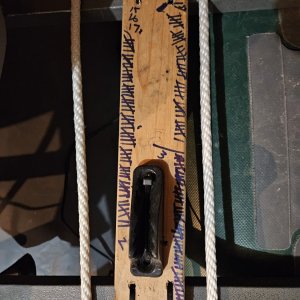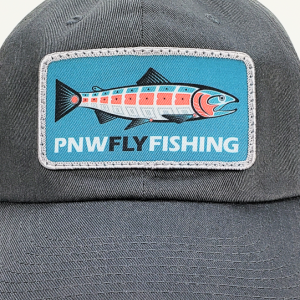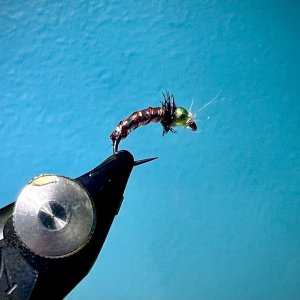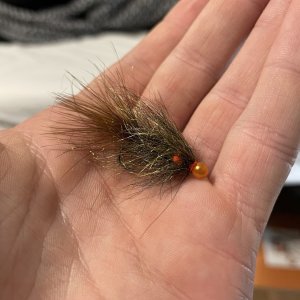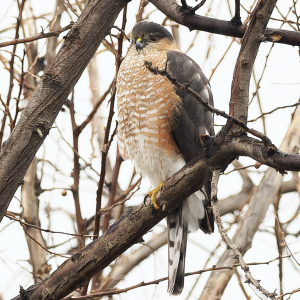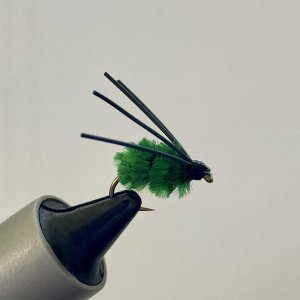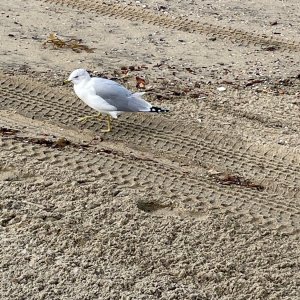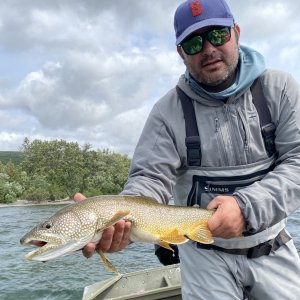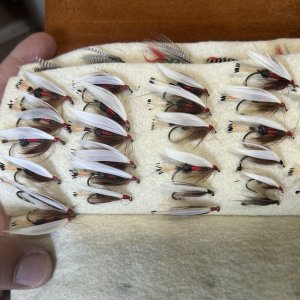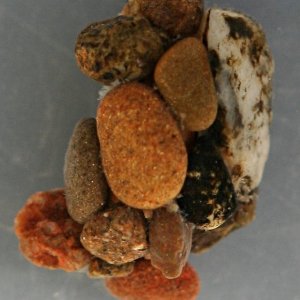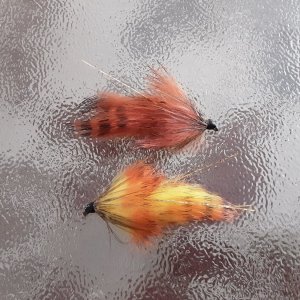I noticed @Buzzy 's black and reddish leech in the vice, and my first though was I need to make a copy without the beadhead. Granted I'm just getting the hang of fishing deeply sunken flies on sinking lines, but I have very little success if the flies have a weighted bead head (except for a glass bead on some). I have great success tying up weighted bead head leeches to fish under a bobber, but when I fish a bead head fly on a standard hook (or even my same jig hook flies I fish under the indicator) I don't have nearly the same success as with unweighted flies. This result is the same for buggers and leeches.
Is it maybe just me?, or this spring season and/or particular set of lakes I've been to. Maybe I don't have enough year round knowledge yet?
Looking for some feedback and tips.
Is it maybe just me?, or this spring season and/or particular set of lakes I've been to. Maybe I don't have enough year round knowledge yet?
Looking for some feedback and tips.
Last edited:

